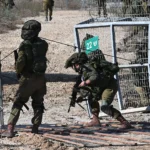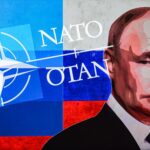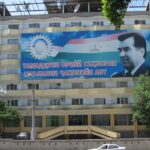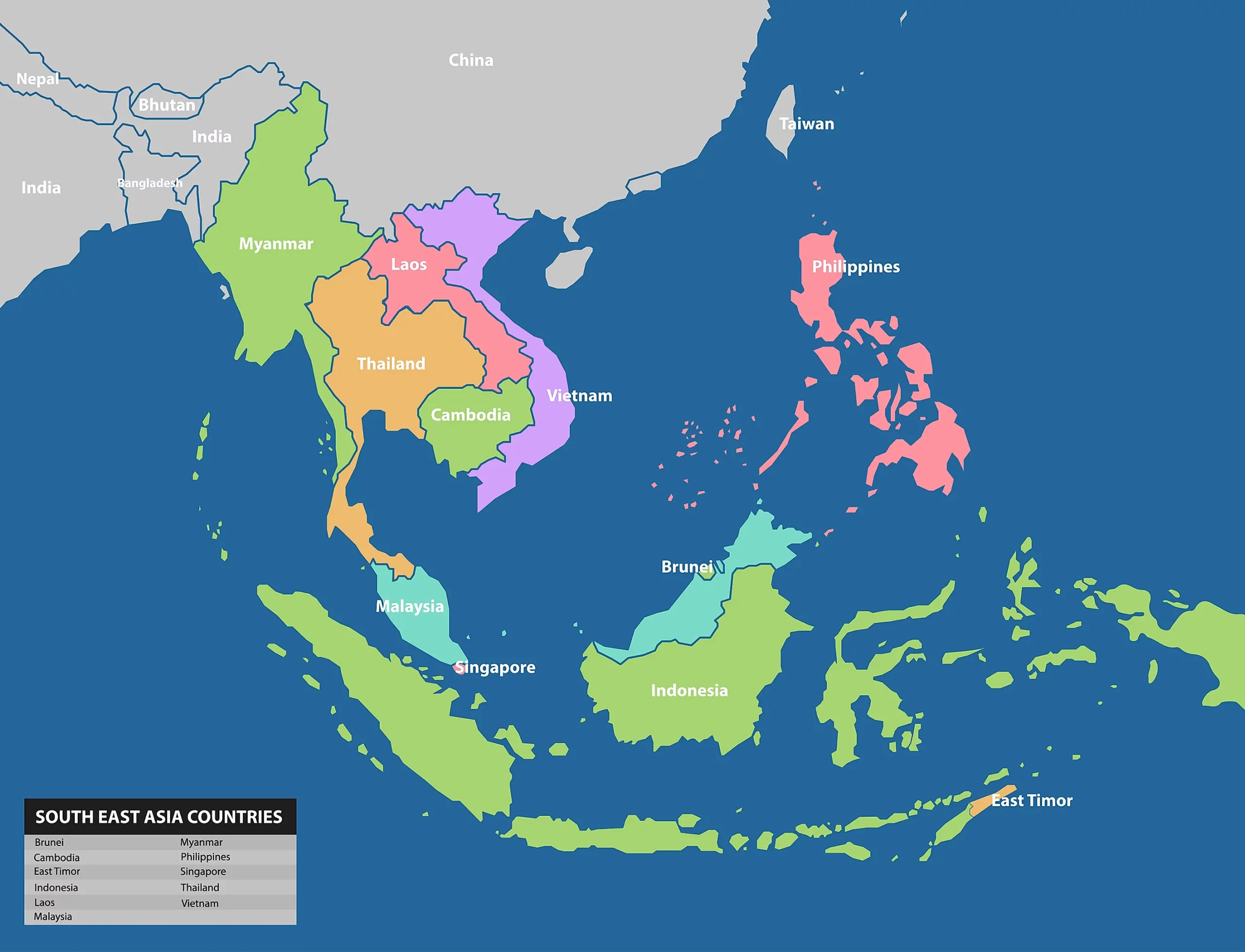The region today resembles less the rigid binaries of the Cold War than the fluid loyalties and interactions of the pre-colonial era.
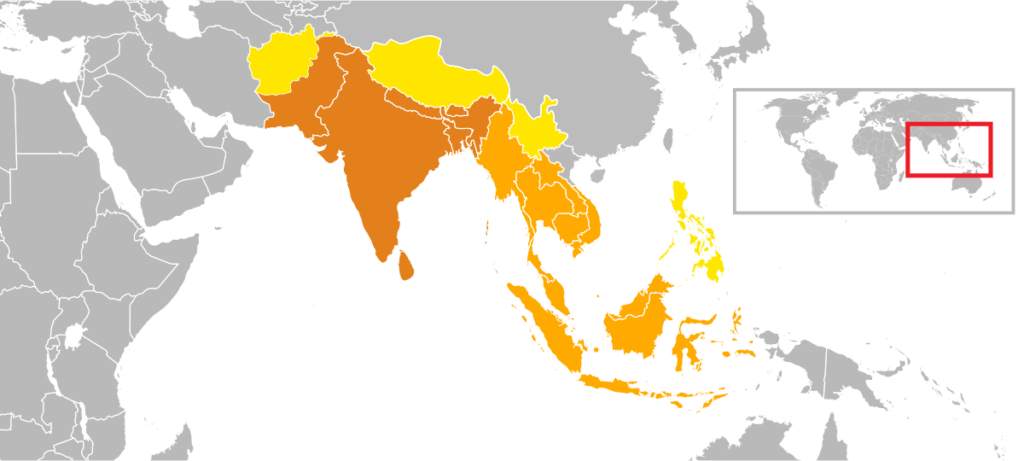
With the international system increasingly becoming defined by Sino-American competition, the members of the Association of Southeast Asian Nations (ASEAN) once again find themselves on the front lines of geopolitical tensions. Observers have warned that the world system is entering a rerun of the Cold War previously waged between the U.S., China, and the Soviet Union, in which ASEAN is once again expected to be a major theater.
ASEAN’s geopolitical importance can be attributed to its status as a new center of gravity in the world economy, boasting high levels of growth, relative political stability, and a rising middle class. According to the International Monetary Fund’s recently released World Economic Outlook Report, the ASEAN-5 (comprising the Philippines, Malaysia, Thailand, Indonesia, and Vietnam) is projected to grow by 5.3 percent in 2022 and 4.9 percent in 2023, while the average for emerging markets and developing economies is expected to trail at 3.7 percent for both 2022 and 2023.
The vote of confidence in Southeast Asia’s prospects can be seen in the resilience of its markets, which have served as a haven for investors as global equity markets reel from the U.S Federal Reserve’s current course of monetary tightening. The region’s resilience has been attributed to a resurgence in tourism, booming domestic demand, supply chain diversification from China, and high earnings from commodity exports.
The economic vitality of Southeast Asia today challenges comparisons to the Cold War, a period when many of the region’s newly independent states were impoverished, underdeveloped, and politically unstable, as well as being starkly divided into pro- and anti-communist camps. Indeed, Southeast Asia during the Cold War was characterized by superpower proxy wars fought in countries such as Cambodia, Laos, and Vietnam, while other countries such as Indonesia and the Philippines saw large-scale political violence.
As such, a better comparison can be made with the Southeast Asia of the early modern era, when the region was highly interconnected with the global economy and its states benefited from expanding trade volumes and profits brought by outside powers, namely the Europeans. The latter, while at times disruptive and menacing, were ultimately unable to fully erode the autonomy of many of the regions’ states until around the turn of the 20th century.
Sitting at the crossroads of the extensive sea trade between East Asia and the Indian Ocean, these states remained committed to free trade. Resisting pressure from the Dutch to exclude the Portuguese from his lands, the 17th-century sultan of Makassar in southwest Sulawesi (in present-day Indonesia) would famously declare, “God made the land and the sea. The land he divided among men and the sea he gave in common. It has never been heard that anyone should be forbidden to sail the seas.”
Makassar’s policies were a combination of principle and practicality. With the Europeans beginning to make their presence felt, Southeast Asian states found that balancing them was the best way of preserving their autonomy (something modern Southeast Asian countries continue to practice). Contrary to traditional narratives of these early modern Southeast Asian states as helpless victims to the Europeans, many native rulers were able to successfully navigate the European rivalries to maintain political control while also benefiting from the increasingly competitive trade that the Europeans brought.
Like Southeast Asia today, the growth of trade fostered rapid development and urbanization. Trade also encouraged the specialized production of cash crops including pepper, sugar, tobacco, and cotton, as well as facilitating the growth of the cash economy. Financial systems would also become more developed.ADVERTISEMENT
Likewise, while contemporary Southeast Asia has seen its regional stability disrupted by increasingly volatile great power competition, it has also benefited from the greater economic ties the great powers have sought to foster. Pointing to modern Southeast Asia’s crucial geostrategic location, Financial Times writer Janan Ganesh notes the economic potential it brings: “[e]ach superpower will deluge it for decades with investment and official attention.”
China in particular has proved a ready source of capital for Southeast Asia, particularly under the umbrella of its Belt and Road Initiative (BRI). According to data collected by the American Enterprise Institute, BRI-related investments and construction projects in Southeast Asia between 2013 and 2022 totaled $203.3 billion, or 23.0 percent of the initiative’s global total.
Not wanting to be left behind, the United States under the Biden administration in May launched the Indo-Pacific Economic Partnership (IPEF), an economic framework that includes the Southeast Asian states of Indonesia, Malaysia, the Philippines, Thailand, Vietnam, Brunei Darussalam, and Singapore. Seen as the belated economic component of America’s Indo-Pacific strategy, IPEF has met skepticism due to its lack of commitment to the removal of tariffs or increased market access. Despite this, as noted by Premesha Saha, a fellow at the New Delhi-based Observer Research Foundation, member states have generally signaled their approval of the framework in the hopes that membership will bring benefits in the long term as the framework develops.
Narratives of a new Cold War are also problematic because they characterize the region as being trapped in a rigid bipolar world order, with states being pressured to choose either China or the United States. Rather, it is more useful to think of the region as entering a renewed period of multipolarity, as greater and lesser powers seek to establish and defend their respective interests within a more flexible geopolitical environment.
Beyond China’s BRI and the United States’ IPEF, other powers have formulated their own initiatives to elevate ties with Southeast Asia, with examples including South Korea’s New Southern Policy, India’s Act East Policy, and Taiwan’s New Southbound Policy. Besides this, other middle powers such as Japan, Australia, the United Kingdom, and European Union have also sought to build influence within the region.
Again, comparisons can be made with early modern Southeast Asia. At the time, Europeans were ultimately one of many different players competing within the region’s fluid geopolitics. Aceh on the tip of Sumatra exerted great influence over trade within the Straits of Melaka, presenting a threat to the Dutch, while on the Malay peninsula the Siamese presented a barrier to the extension of British power over the Malay sultanates. Dutch attempts to monopolize trade in the archipelago were cheerfully ignored by the seafaring Bugis of Sulawesi, who would also colonize parts of the peninsula. Meanwhile, in the Philippines, the Muslim Moros of the south would give the Spanish a run for their money.
While many of Southeast Asia’s rulers were able to largely maintain their autonomy throughout the first few centuries of European encroachment, disunity amongst them would always work to the outsiders’ advantage, eventually allowing the Europeans to impose direct rule and carve up the borders that stand today. Likewise, as Southeast Asia today stands on the precipice of a new era of competitive multipolarity, with the great powers increasingly being a source of instability rather than balance, ASEAN’s internal disunity risks eroding the bloc’s cherished centrality in Asian regionalism.
As such, understanding that ASEAN today navigates a world more reminiscent of its early modern history rather than the era of the Cold War can help us better appreciate the challenges facing countries. The region is distinguished today not only by its open and dynamic economies but also by the fact that they operate in a more fluid, multipolar environment where both greater and lesser powers have sought to establish their presence.
Source : The Diplomat


